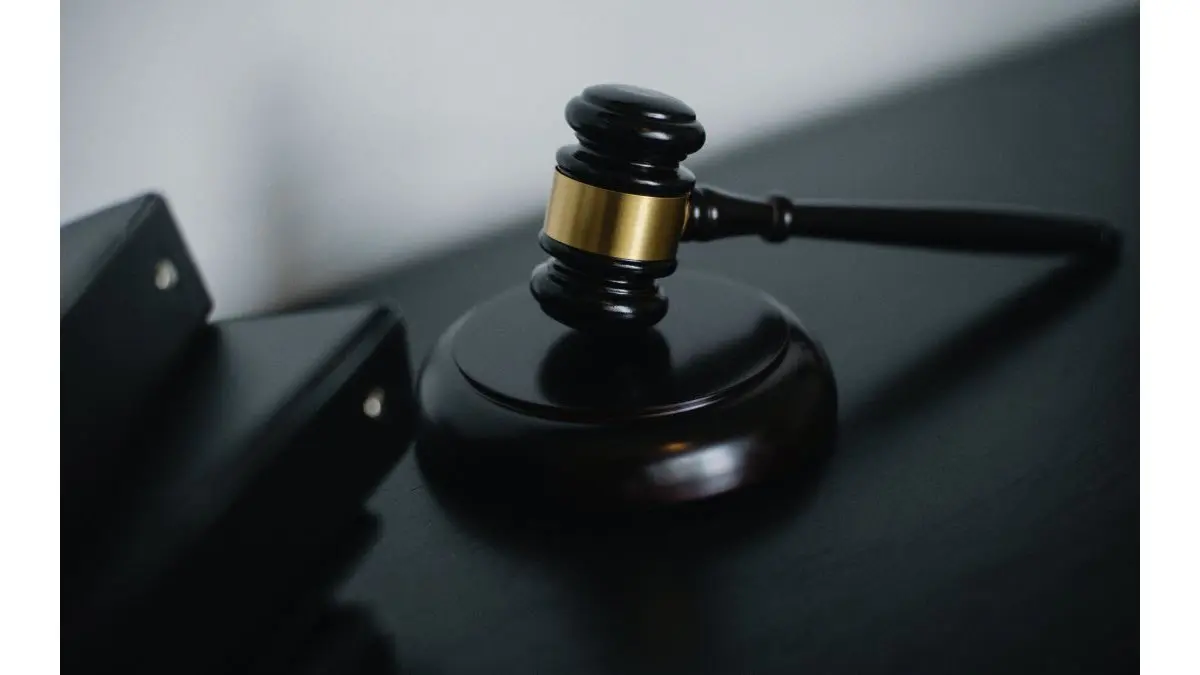How to prepare corporate statements ahead of the Derek Chauvin verdict
The moment calls for comms pros to find rational language for an irrational event
As White House aides work on a statement for President Joe Biden to deliver once the verdict in the Derek Chauvin trial is rendered, so, too, are communications and diversity consultants advising the private sector on talking with employees.
“Organizations shouldn’t underestimate the emotional stress that the weight of this situation is holding for us right now,” says Kerry Mitchell Brown, PhD., a cultural architect advising companies and nonprofits on how to combat anti-Black racism.
Any statement that a company issues must “absolutely connect and feel human,” she says. “Often there is a tendency to shape statements centering whiteness, as opposed to centering the people most impacted – Black and brown communities, and our broken justice system.”
Brown and Kim Clark, a diversity, equity and inclusion consultant at Ragan Consulting Group, are both working with businesses and nonprofits on statements and related activities to ensure that Black employees, in particular, will feel seen, heard and valued once the jurors announce their verdict. For any organization, this point in time is part of a lengthy, ongoing journey to fight systemic injustice, they say.
Jurors began deliberations yesterday afternoon. In a sequestered location, they are determining the fate of the former Minneapolis police officer who killed George Floyd last May, prompting global protests over the killing of Black men.
“Think of what people need when they receive traumatic news that’s totally out of their control,” Clark says. “What are the underlying needs? How can you provide for them?”
As a first step, corporate decision-makers should follow the news. When possible, cancel company and team meetings scheduled to take place when the jury returns to the courtroom.
“There will be nothing more frustrating to me as a Black woman to have to sit on a Zoom call with folks as the verdict is coming down,” Brown says. “Let’s cancel that call.”
One of Brown’s clients plans to hold a virtual gathering for employees who want to watch the televised event together. Then, she will facilitate a session where she’ll lead breathing exercises and a discussion on dreams for a better world. It’s part of her plan to create a healing space where “people can release some of the tension that they are holding in their bodies,” she says.
While advising a nonprofit to send an appropriate message without a fundraising button, she is working with a for-profit company to promote its employee assistance program and other mental health resources, such as Therapy for Black Girls and The Boris Lawrence Henson Foundation.
For her part, Clark is coaching clients on the tone and content of CEO communications. Given that 93% of Fortune 500 CEOs are white, it’s crucial to deliver a message with “us, we and our” as opposed to “you,” she says.
For example, the phrase “if you need extra support” separates the CEO from the employees who might feel pain and anguish. Instead, use a unifying phrase such as “a lot of us are feeling…”
Clark is helping to write CEO communications using a simple outline:
- State the verdict.
- Validate people’s feelings, according to the situation. Black employees may be angry if Chauvin is found not guilty; employees with relatives in law enforcement may likewise be upset if he is found guilty. It is important to be balanced – speaking to the “arduous” judicial process is one way to do that.
- Highlight your organization’s values and commitment to racial justice.
- Remind employees how to access health and wellness programs.
- Guilty verdict (any combination of charges): State that accountability for Chauvin’s actions signifies progress in the fight for justice; emphasize that Floyd’s murder prompted critically important dialogue and action while briefly noting what your company has done to advance efforts.
- Not-guilty verdict: Discuss your company’s commitment to justice without stating the actions you’ve taken; doing so could appear self-congratulatory while people are digesting upsetting news.
Writing an authentic CEO letter at such a painful point in American history is a big feat for even the most experienced communications professional, Brown says, because the task requires “rational” language about an “irrational” event.
Added Clark:
“The justice system has historically sided with police, not given a fair trial, made the victim at fault for their own death, and based the argument on stereotypes of Black people in particular. We need to be mindful of why this is so important if this is another situation where justice is not realized.”
Sally Ann O’Dowd is a communications executive and writer with 20 years of international public relations and advertising experience, including seven years running PR and content production departments for Publicis Groupe agencies in Chicago and Paris.
Contact our client team to learn more about how we can help you with your communications. Follow RCG on LinkedIn and subscribe to our weekly newsletter here.







